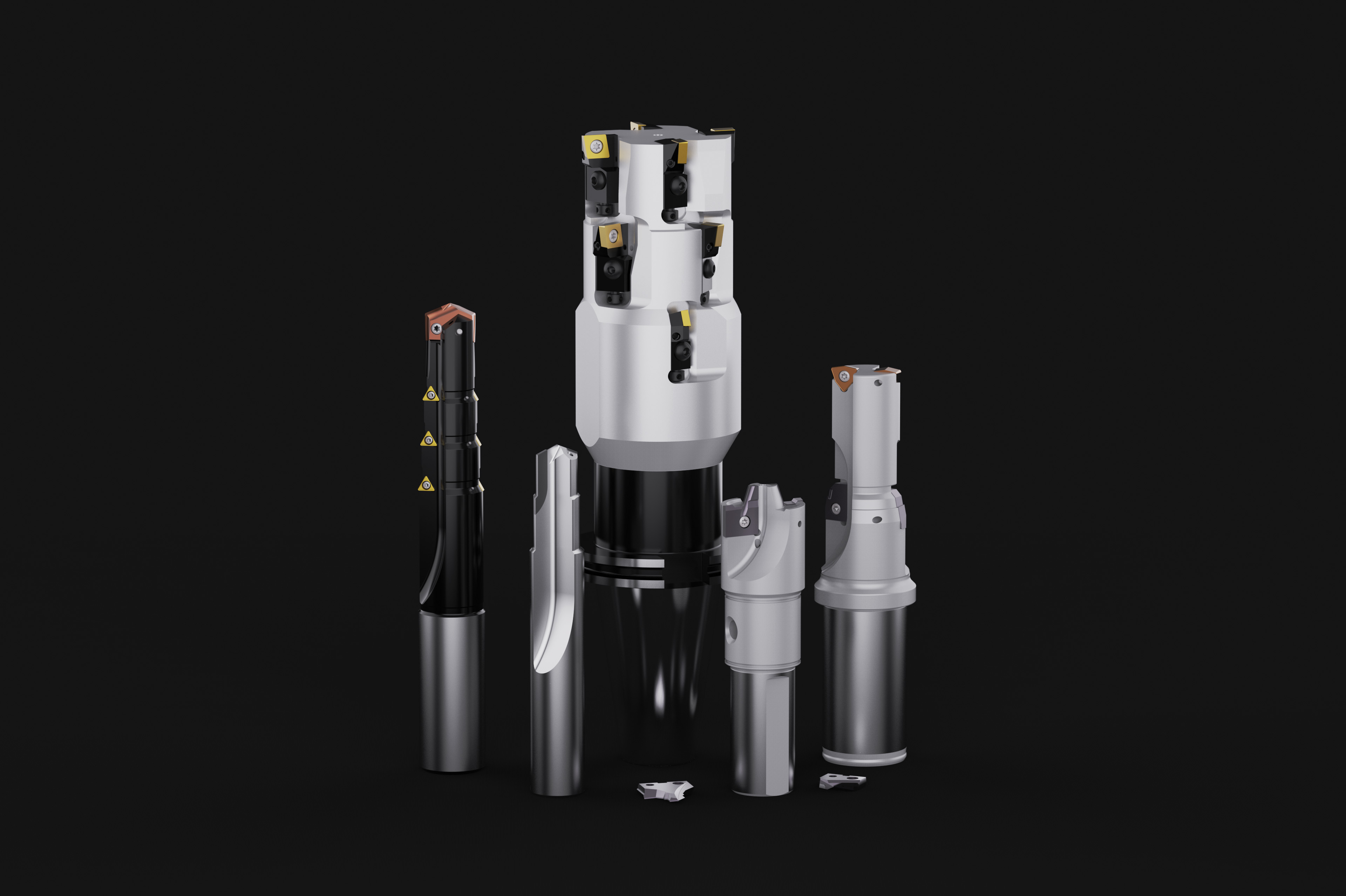Does Metal Additive Manufacturing Belong in a Machine Shop? The Answer Is Mixed
Machining is a necessary capability for metal part production through 3D printing, but succeeding with metal AM demands a role and procedures much different from those of many machining providers.
#zaxis
An article we recently posted describes many ways that machining and additive manufacturing (AM) go together. Their interconnection suggests a closely related question. Namely: Do machining providers and additive manufacturing go together? Should machine shops adopt AM? My answer to this question has shifted.
About five years ago, I posted an article with the title, “Additive Manufacturing Belongs in a Machine Shop.” That piece reports on the experience and viewpoint of a New Jersey shop, Imperial Machine & Tool, that had invested in laser powder bed fusion capability to provide metal additive manufacturing services. Part of the reason this expansion made sense for Imperial was its machining expertise. Metal AM parts need machining, so an established machine shop has a leg up; it knows how to bring near-net-shape parts, AM or otherwise, to their final dimensions. To this extent, the article’s title was valid, and still is.
Featured Content
But watching how and where metal part production through additive manufacturing has thrived since then has led me to a different viewpoint, or at least a more shaded one. A company making metal parts through machining does not necessarily offer a good platform to succeed at making metal parts through additive. It might, and the shop mentioned above did — but it goes too far to say the typical machine shop is a natural fit for metal part production through AM. While metal AM does need machining, it also asks for habits and practices that depart from the role and work typical of machining businesses.
Before I expound on that, an aside: One AM capability that does widely make sense for machine shops is polymer 3D printing. An industrial-caliber, extrusion-style 3D printer making durable polymer or polymer composite parts can deliver prototypes, tooling and certain short runs of parts well enough that the CNC machine tools don’t have to. These machine tools can then be set free for higher-value work. Polymer 3D printing thus complements and supports metalworking machine tools. It is a different AM application — part production via metal 3D printing — where the picture is more mixed, and where, as I say, the habits and practices differ from machining.
Part of the difference relates to the role machine shops generally perform, and generally seek — that is, producing parts to order and to known designs. By contrast, additive manufacturing, even for end-use parts, wants to interact with product designers so that design factors can remain unfixed as the part matures toward its final form. AM realizes a major share of its promise by enabling frequent design changes to refine both functionality and manufacturability, potentially even after the product has gone to market. Success with AM also involves significant interplay between the designer and AM provider to develop the part, which is likely to feature significant geometric complexity for assembly consolidation, internal fluid flow, lightweighting or some combination of these. In AM, design and manufacturing blend, producing a mixture not often found in machining. The special expertise of machine shops is instead seen in the way a job shop will make a part to spec without knowing what the part is or does. Additive thus differs from machining in a fundamental way: More than a different operation, it is a different opportunity.
Yet even operational differences are significant. The raw material difference stands out, for example. Think of this: Shops that combine CNC machining of bar and billet with CNC fabrication of sheet metal are relatively uncommon, because these capabilities are different enough that only a minority of shops manage both. Now consider that metal additive introduces an even greater difference: raw stock in the form of powder (in many cases). Making metal parts additively means more than adding a different type of machine; it means adding new material management systems. Quality systems are apt to be similarly different.
These engineering- and operations-related requirements tend to favor providers that are organized for additive. And this is what I have been seeing: relatively new manufacturing providers that are focused on additive and organized accordingly, plus OEMs developing their own new additive groups even if other metal part production is performed by suppliers.
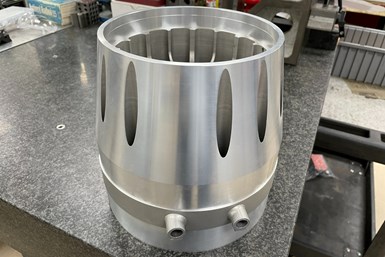
Here is an example of a machine shop integrating AM. Wagner Machine Co. successfully made this microturbine housing in part by anticipating how much machining stock allowance would be needed to complete the part after 3D printing and heat treating. Read the story.
But again, the picture is mixed. Some existing machining providers do see all this, and they are responding — stepping up to reinvent both processes and customer interactions to advance and succeed with metal AM. For these shops, the machining expertise is a valuable starting point: It means they know not just how to complete AM parts, but also how to design them for successful machining in the first place, and even when to guide customers away from AM when machining alone can do the job.
Yet for these machining providers becoming AM providers, one other notable development has become apparent, directly related to that starting point. In these shops, certain team members become the ones who machine the AM parts. In fact, one well-established machining provider created a separate shop, separately staffed, for machining AM components. This is because additive parts are different workpieces, and significantly so. Compared to practically all other parts a shop is likely to see, AM parts are costly, difficult to fixture and in need of only very light cuts. The machinists who excel at this work are worth identifying, even worth grouping together. When metal part production through additive manufacturing succeeds in a machine shop, machining expertise is part of the reason, but that very success leads to machining being channeled in ways that belongs to additive alone.
RELATED CONTENT
-
Go Digital: How to Succeed in the Fourth Industrial Revolution With Additive Manufacturing
The digitalization of manufacturing is set to transform production and global supply chains as we know them, and additive manufacturing has been leading the way in many industries.
-
How Additive Manufacturing Could Reach its Next 'Plateau of Productivity'
Integrated digital production set to transform additive manufacturing.
-
SolidCAM Wants to Help Machine Shops Get into Additive Manufacturing
SolidCAM's partnership with Desktop Metal is aimed at making additive manufacturing more accessible to job shops and other manufacturers.

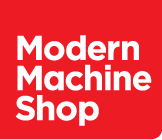
.jpg;width=70;height=70;mode=crop)
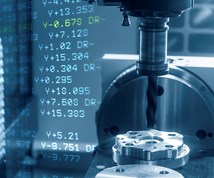
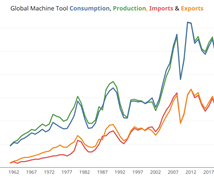
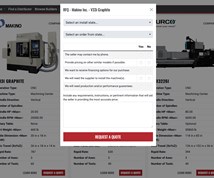

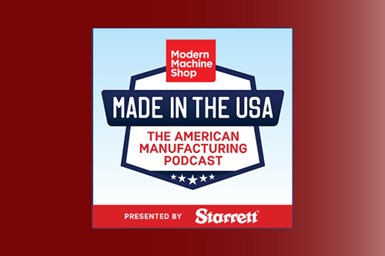
.1692800306885.png)
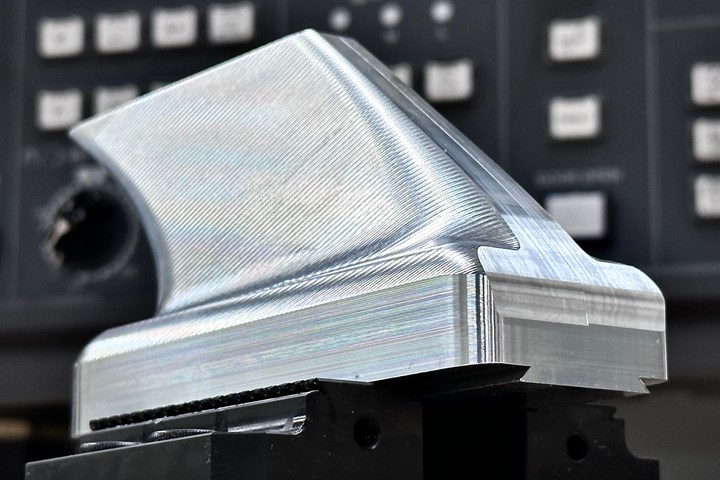
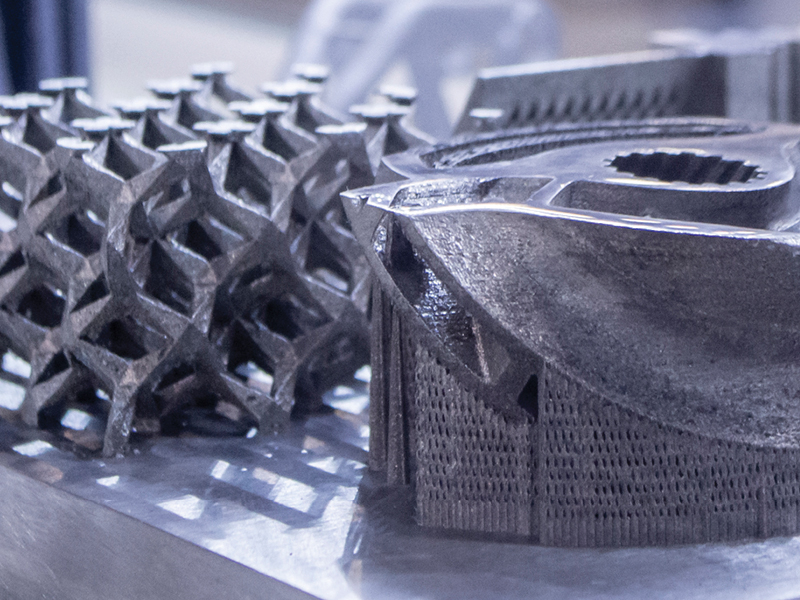
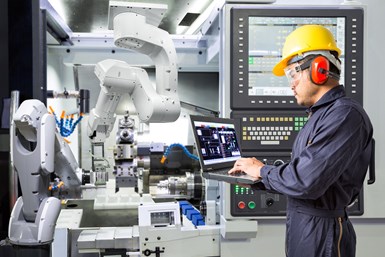

.1687801407690.png)
